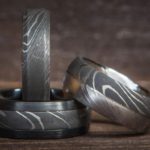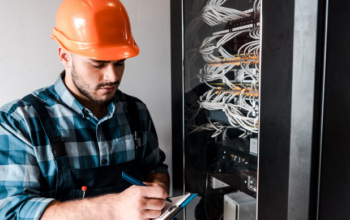Gas and oil reservoirs exist deep under the surface of the Earth. Wireline services engineers and geologists find it challenging to examine the rock formation on site. That’s why they use tools known as sondes for this purpose. These professionals lower sondes into a wellbore to measure subsurface properties. As a result of this, data is displayed covering the depth range in a display known as the well log.
Today, geologists use a set of multiple well logs for the purpose of mapping properties of subsurface formations. Then, these specialists compare logs from different wells in a field and develop a high-effective and efficient hydrocarbon production plans.
What is wireline logging?
Wireline logging is the process that involves using an electric instrument to measure the properties of a formation constantly. The results help in making a decision about production and drilling operations. In simple words, wireline logging refers to the measurement of downhole formation attributes using specially-designed tools or equipment lowered into the borehole.
Types of wireline logs
Once the well is drilled by engineers, the formations are exposed to the well-bore. It helps engineers and geologists to identify the properties of the rocks with the help of openhole logging tools. In many cases, especially those with wells having complex trajectories, engineers use logging tools as an important part of the overall drilling tool assembly. This process is called wireline logging while drilling.
Oftentimes, drillers cement metal casing in the well to stabilize formations. This metal casing interferes with logging measurement. However, the industry has significantly improved its ability to measure formation properties. They can even find out bypassed oil behind casing using cased-hold logs.
Logging indicates basic porosity parameters, the water, gas and oil saturations and the vertical limit of productive hydrocarbon zones. Logging tools are designed to properly and accurately determine these quantities from the reservoir, allowing companies to calculate quick and accurate values of reserves.
Here are different types of wireline logging tools:
Electric Logging
Gas and oil are more resistant than the salty water which is found in deeply buried rocks. Wireline engineers have created two different types of electric sondes. One of them is laterolog which creates an electric circuit to measure the formation resistivity. Current moves from a tool electrode through the formation and then return to another tool electrode.
The other design involved an induction coil for the purpose of measuring conductivity that refers to the inverse of resistivity. This design works like an electric transformer. A coil induces current loops in the formation which are measured by a pickup coil on the tool.
Acoustic Logging
The sound speed through rock relies on its mineral composition and porosity. Also known as sonic logging, acoustic logging involves a tool that transmits a sound pulse into the formation. A receiver on this wireline logging tool detects the transmitted pulse. Its travel time gives a sound velocity proportional to a porosity measurement.
Mechanical properties of solids affect the properties of sound waves that pass through them. Some acoustic logging tools can measure these changes to quantify all these mechanical properties.
Final words
Wireline services engineers and geoscientists use a variety of wireline logging tools to get the most basic information about rock formations. Most logging tools engineers for evaluating the formation are based on nuclear, electric or acoustic measurements.
Wireline logging needs a robust technology due to hash well conditions and complex reservoir properties. Many hydrocarbon discoveries these days take place in remote areas. These resource and people to din and evaluate them are important to fulfill the fastest growing needs of the energy for the entire world.
Related Posts












